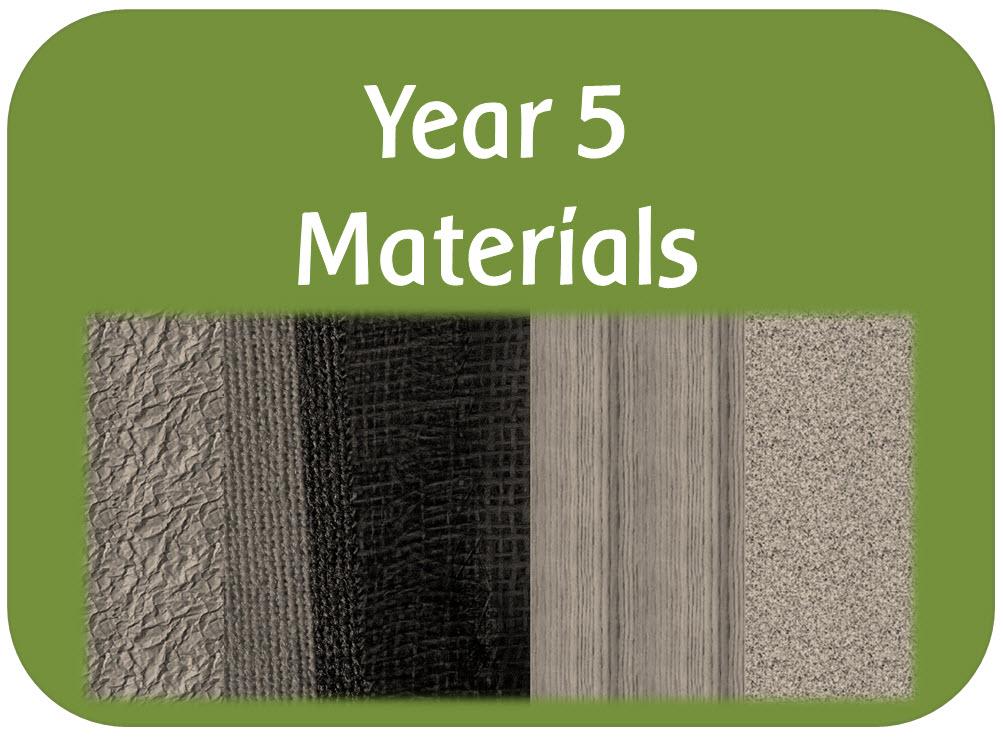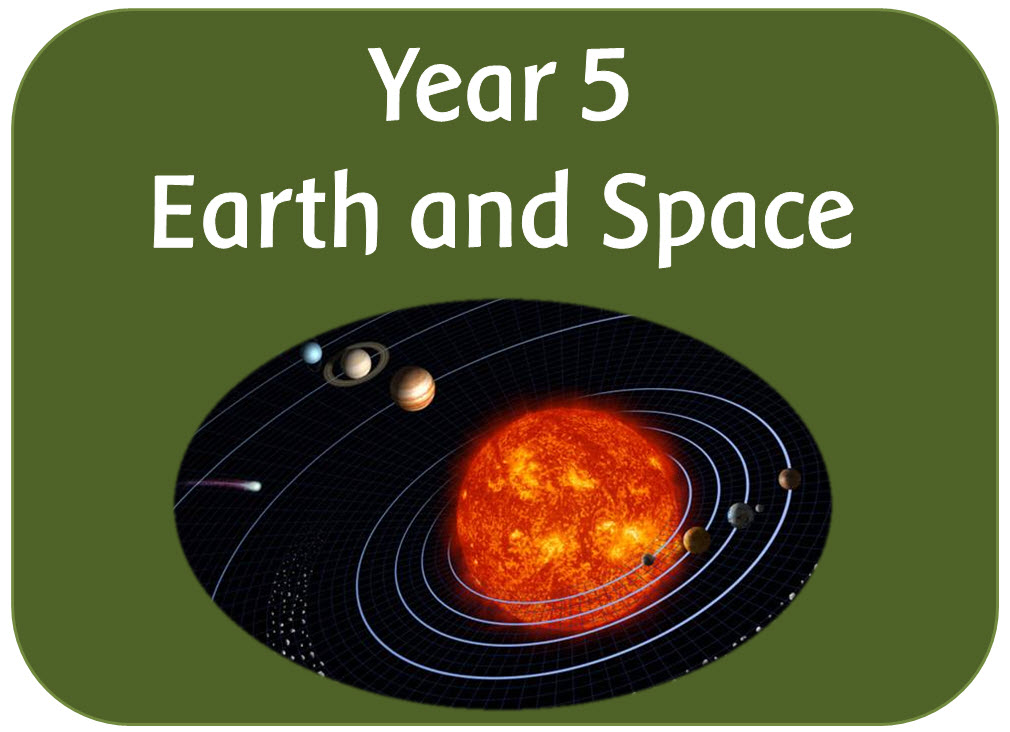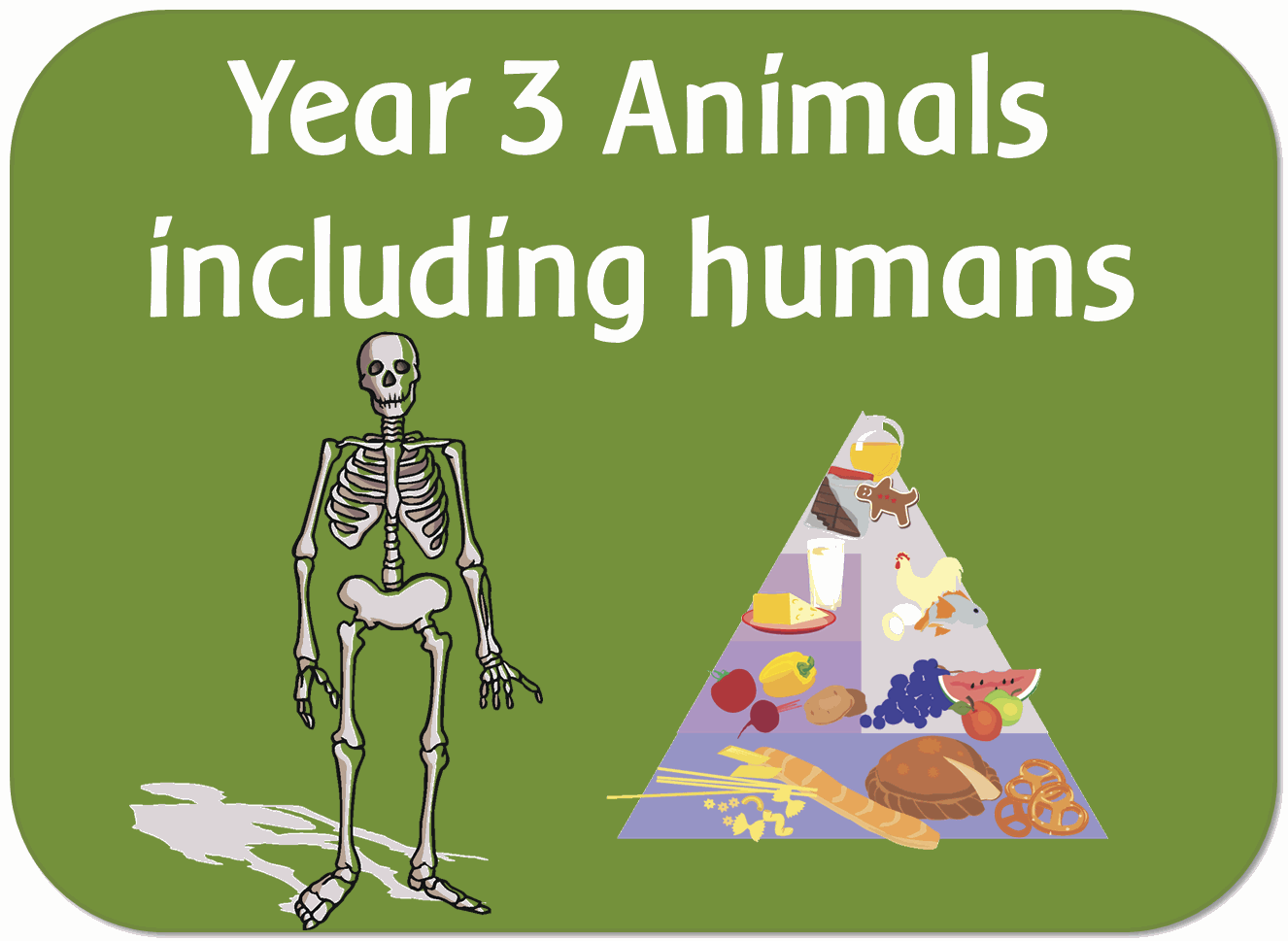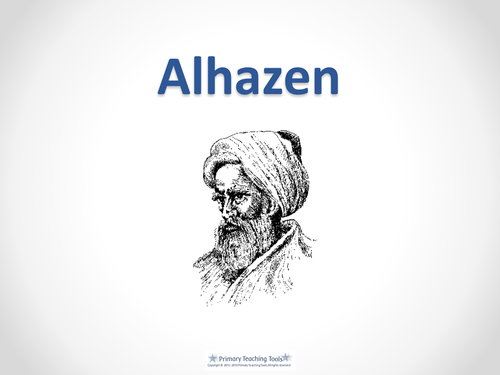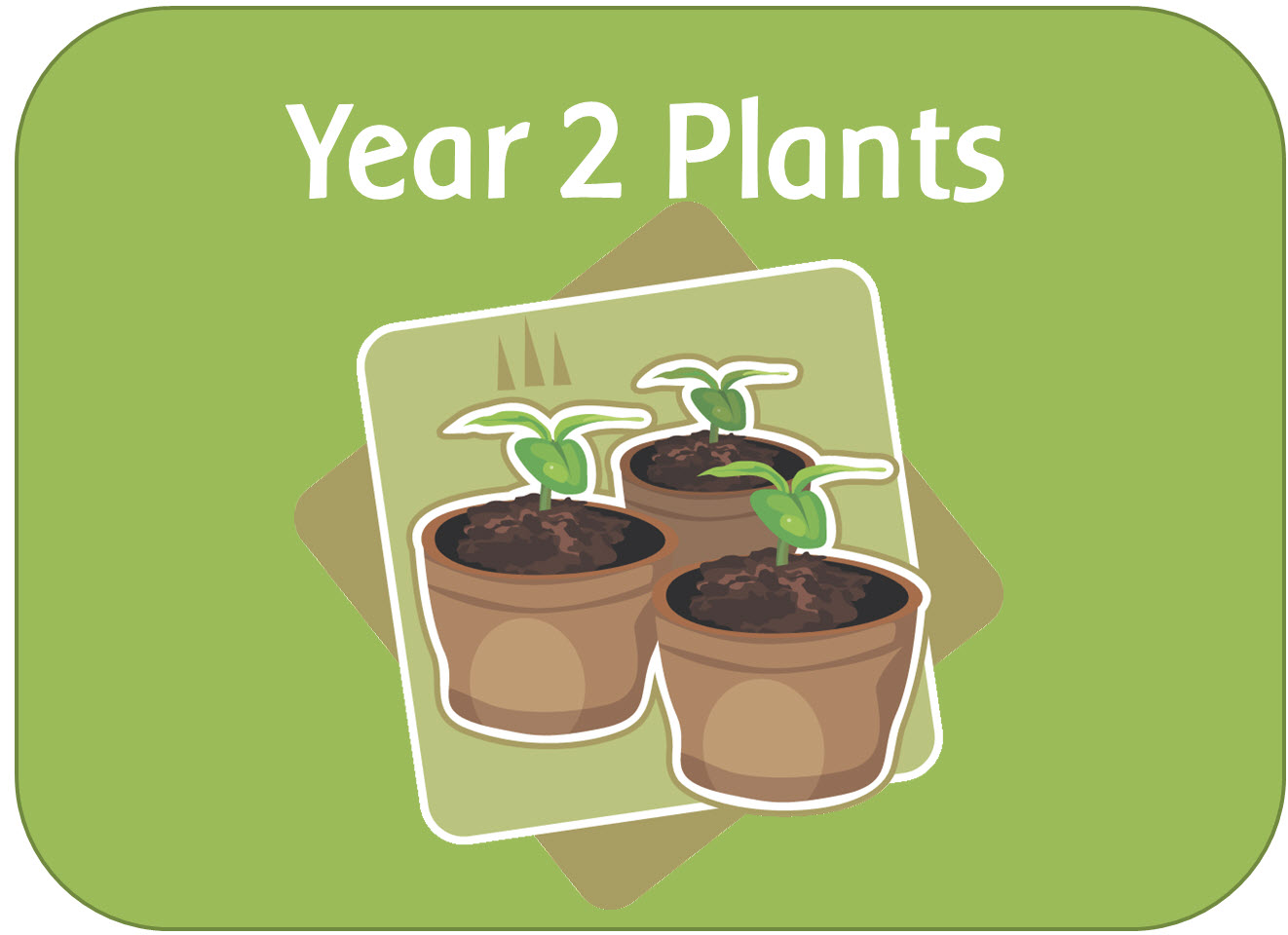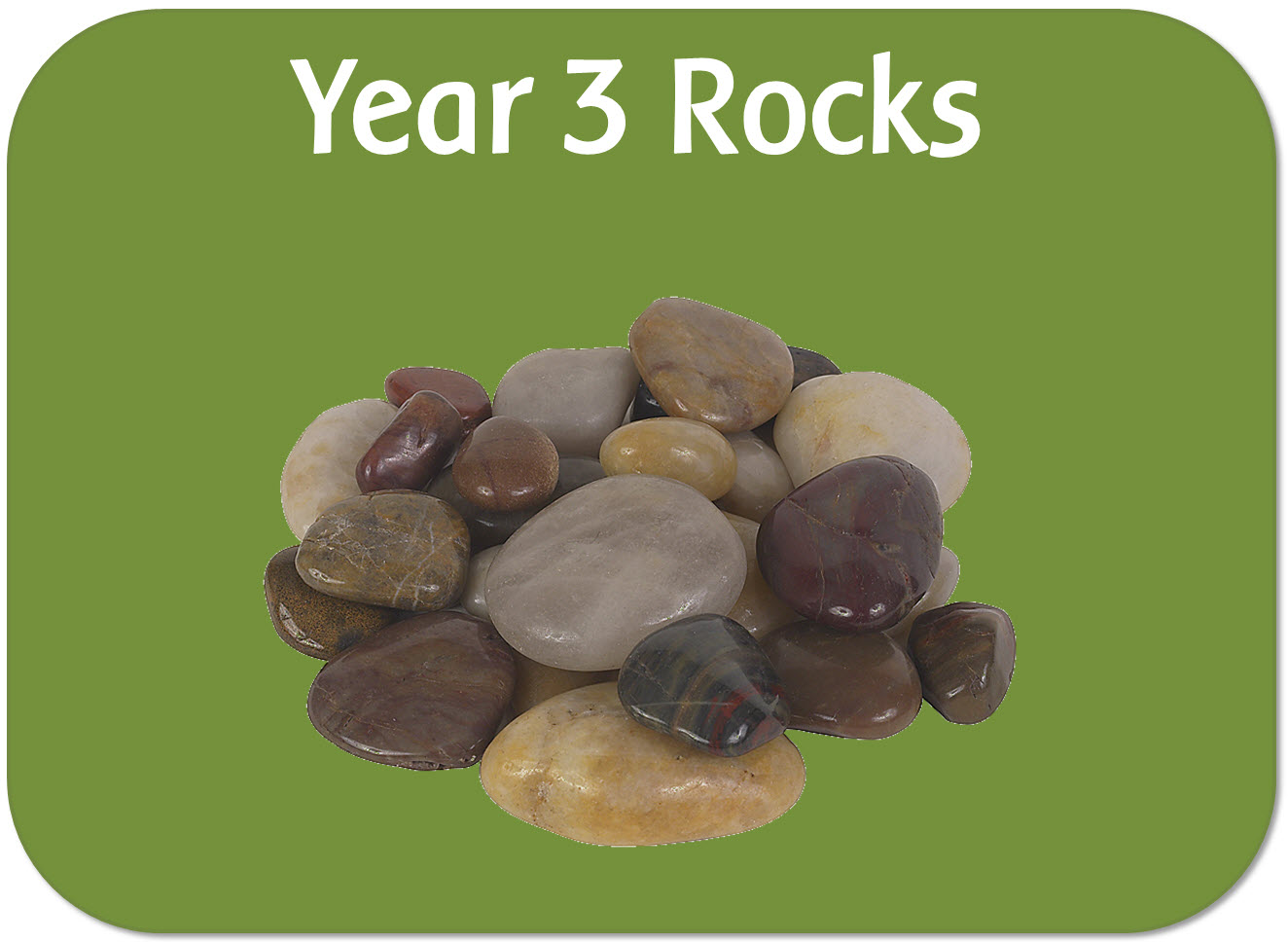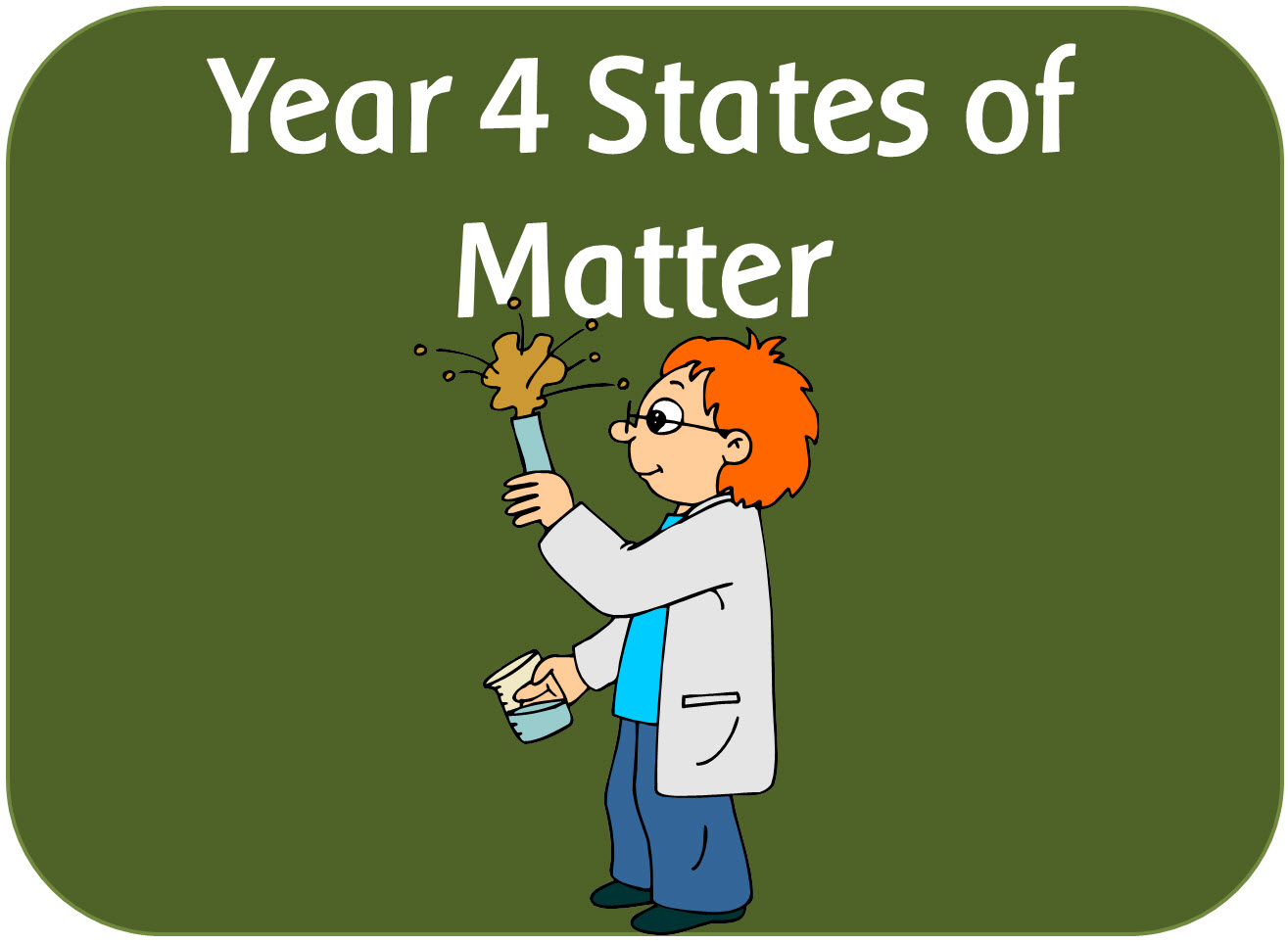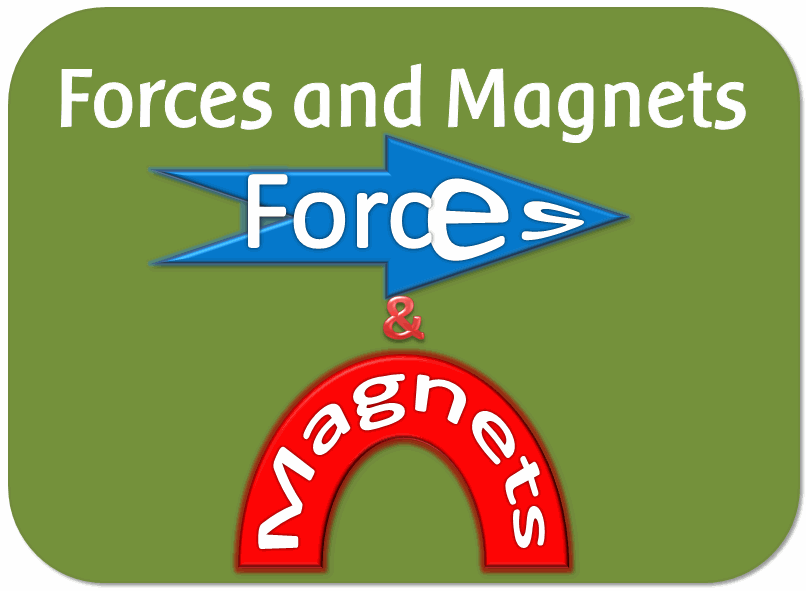
404Uploads
1072k+Views
683k+Downloads
Primary science

Year 6 Science KS2 Evolution and Inheritance topic pack : powerpoint lessons
A set of powerpoint lessons looking at evolution and inheritance.
POWERPOINTS:
FOSSILS AND CHANGE: What fossils are and how we get information from them
HUMAN VARIATION: Similarities and differences in humans
INHERITANCE AND VARIATION: Variation in offspring - how children are not identical to their parents.
EVOLUTION: simple explanations of how plants and animals adapt to their environment and how this may lead to evolution.
NATURAL SELECTION: survival of the fittest and how the neck of giraffes became longer.
HABITATS AND ADAPTATION: Different types of habitat and the types of life they host.
ACTIVITY:
Families and offspring pictures
Plus an outline adaptable medium term plan with activities and web links

Year 5 science Properties and changes of materials - powerpoints, worksheets and planning
A set of resources for the new science curriculum. It contains:
1a. INTRODUCTION TO THE TOPIC - LO: To find out what the children already know about materials.
WORKSHEET: A sheet for the children to record what they already know and what they would like to find out about materials.
1b. MATERIAL PROPERTIES - LO: To compare and group everyday materials together
POWERPOINT: A look at 12 different properties of materials, with examples of the materials with those properties. It can also be printed out for display.
WORKSHEET 1: Material properties worksheet
2. DISSOLVING - LO: To know that some materials will dissolve in liquid to form a solution, and describe how to recover a substance from a solution
POWERPOINT: Explains the meaning of dissolve and gives examples of different materials that can be dissolved.
3. SEPARATING A MIXTURE - LO: To use knowledge of solids, liquids and gases to decide how mixtures might be separated.
POWERPOINT: Looks at different mixtures and how they can be separated, including sieving, filtering and evaporating.
4. USES OF EVERYDAY MATERIALS - LO: give reasons, based on evidence from comparative and fair tests, for the particular uses of everyday materials
POWERPOINT: Asks the children to study objects to see what properties different materials have. Asks questions about which properties and materials would be best for making certain objects.
5 & 6. REVERSIBLE AND IRREVERSIBLE OBJECTS - LO: look at dissolving, mixing and changes of state, and reversible and irreversible changes.
POWERPOINT: Explains the meaning of reversible and irreversible changes, giving examples of each. Ends with a quiz where the children have to decide what changes have taken place to certain materials.
7. MATERIALS QUIZ: Recap of all the learning objectives.
POWERPOINT : A quiz
WORKSHEET : Sheet for recording quiz answers
WORKSHEET : Sheet for recording what they have learnt
OTHER RESOURCES
A-Z lettering, with a picture background
A4 Properties and changes of materials title
Materials banner/lettering to cut out
Materials topic booklet front cover - with space for children to draw their own design.
Vocabulary PowerPoint - can be used as a show and printed out for display.
Photo cards - 12 objects made from different materials
Investigation and recording sheets - A folder of blank tables, graphs and planning and recording sheets
Year 5 Materials medium term planning: An outline of the activities and learning objectives with websites and ideas. It can be added to and amended for your own use.

Year 5 Science Earth and Space - powerpoints, worksheets, activities and display pack
A pack of resources following the new curriculum objectives.
1. INTRODUCTION TO THE TOPIC - LO:To find out what the children already know about Earth and Space.
Powerpoint: questions about the Earth, Moon, Planets and Sun.
Worksheet: for the children to write down what they know and what they would like to find out.
2. SPHERICAL OR FLAT - LO: Describe the Sun, Earth, and Moon as approximately spherical bodies.
Powerpoint: Introduces what people thought about the Earth a long time ago, and whether it is flat or spherical.
Worksheet: The children have to argue for or against the Earth being spherical.
3. THE EARTH AND SUN - LO: Use the idea of the Earth's rotation to explain day and night and the apparent movement across the sky.
Powerpoint: looks closely at the Earth and Sun and explains the movement of the Earth in relation to the Sun
Worksheets: The children have to write an explanation about night and day, and a recording shadows worksheet.
4. THE SOLAR SYSTEM - LO: Describe the movement of the Earth and other planets relative to the Sun in the solar system.
Powerpoint: Looks at the Earth, Sun, and planets in the solar system. It also looks into where the solar system is, and what other things may be found in it (eg asteroids and comets).
Worksheet: a word document containing images of the planets and the moon to resize and make models.
5. THE PLANETS
Powerpoint: looks at the planets in more detail.
6. THE MOON - LO: Describe the movement of the Moon relative to the Earth.
Powerpoint: looks at the size of the Moon, its distance from Earth, and how it orbits the Earth. It asks why the moon seems to change shape, and explains the phases of the Moon. It also looks at other planets with moons.
Worksheet: A recording sheet to observe the moon over a 30 day period.
7. EARTH AND SPACE QUESTIONS:
Powerpoint: asking questions to recap learning.
Worksheet: for the children to record their answers.
8. Earth and Space quiz in Powerpoint - to end the topic.
OTHER RESOURCES
Banner for display 'Earth and Space' - prints onto 3 A4 pages
A4 title plus A-Z lettering, with a space background
Topic cover - 4 different versions
Vocabulary cards - with images and explanations
Wordsearch
Writing sheets x 4 decorated with Earth / the solar system
Year 5 Earth and Space medium term planning: An outline of the activities and learning objectives with websites and ideas. It can be adapted.

Year 3 Science - Light topic - powerpoints, display and activity pack
A set of IWB lessons, worksheets, activities, planning and display resources following the 2014 curriculum.
It includes 8 powerpoint lessons, worksheets, activities, games and display.

Year 3 science - Animals including humans worksheets, powerpoints, planning and display
A set of resources looking at how animals need the right types and amount of nutrition; and how humans and some other animals have skeletons and muscles for support, protection and movement.

Nocturnal animals powerpoint
A 30 page PowerPoint file, explaining what nocturnal animals are; why they come out at night; how they feed and live etc. The animals include:
Bats
Owls
Badgers
Foxes
Hedgehogs
Moles
Mice
The file also includes a page of related vocabulary, how nocturnal animals see, and looking for evidence of nightime activity.

Year 5 science - Forces - powerpoints, worksheets, planning & investigation sheets
A set of resources for the new science curriculum, looking at different aspects of forces such as air resistance, water resistance, friction, gravity and mechanisms. It contains:
1. INTRODUCTION TO THE TOPIC - LO: To find out what the children already know about forces
POWERPOINT: A recap of previous learning from Year 3.
WORKSHEET: A sheet for the children to record what they already know about forces.
2. FALLING TO EARTH - LO: Explain that unsupported objects fall towards the Earth because of the force of gravity acting between the Earth and the falling object
POWERPOINT: A look at gravity and explanations of weight, newtons, and how forces can balance objects to keep them from falling.
WORKSHEET 1: Force meter recording sheet
WORKSHEET 2: Falling objects and gravity recording sheet
3. FRICTION - LO: Identify the effects of friction that act between moving surfaces
POWERPOINT: Explains what friction is, when it happens and how useful it can be in daily life.
WORKSHEET: Friction recording sheet
4. WATER RESISTANCE - LO: Identify the effects of water resistance that act between moving surfaces
POWERPOINT: Explains what water resistance is and what effects it can have. Looks at different shapes and how high or low the water resistance would be for each.
WORKSHEET: Water resistance recording sheet
5. AIR RESISTANCE - LO: Identify the effects of air resistance that act between moving surfaces
POWERPOINT: Explains air resistance and how it can slow different objects down. Looks at ways in which it can be useful and situations where it is important.
WORKSHEET 1: Air resistance activity
WORKSHEET 2: Weight in water and air recording sheet
6. LEVERS, PULLEYS AND GEARS - LO: Recognise that some mechanisms, including levers, pulleys and gears, allow a smaller force to have a greater effect.
POWERPOINT: Looks at and explains each mechanism in turn, giving examples of each and how forces are altered by them.
7. FORCES RECAP
POWERPOINT 1: A recap of all the learning covered in the topic
POWERPOINT 2: A quiz
WORKSHEET 1: Sheet for recording what they have learnt
WORKSHEET 2: A quiz answer sheet, can be used for assessment.
OTHER RESOURCES
A-Z lettering, with a picture background
A4 Forces title
Forces topic booklet front cover - with space for children to draw their own forces design.
Vocabulary powerpoint - can be used as a show and printed out for display.
Writing sheet
Investigation and recording sheets - A folder of blank tables, graphs and planning and recording sheets
Year 5 Forces medium term planning: An outline of the activities and learning objectives with websites and ideas. It can be added to and amended for your own use

EYFS / KS1 Ourselves and the five senses display pack
A pack of posters, vocabulary, headings, lettering and display borders:
Ourselves headings and titles:
Five Senses title: Prints onto 4 A4 sheets - can be used as a banner, or the letters can be cut out.
Ourselves lettering x2: 2 different versions of A-Z letters, both with pictures of children's faces.
Ourselves banner: Prints onto 2 A4 sheets, with a border of children's faces.
Ourselves border: With children's faces, to frame your display
Ourselves title: 2 A4 versions.
Ourselves Posters:
Body Parts: 17 A4 sheets, with title and vocabulary with pictures - eye, nose, ear, mouth, head, neck, shoulder, back, chest, arm, elbow, hand, leg, knee, ankle and foot. Also includes a title. (One version shows a skeleton outline, with arrows pointing to the location of each body part, the other shows the outline of a body.)
Growing up posters: 15 pages of humans of different ages, for display, or sequencing activities.
Matching baby animals: Can be used for display or matching games. Animals include dog / puppy, horse / foal, cat / kitten, chick / chicken, lamb / sheep, kid / goat, duckling / duck, caterpillar / butterfly, baby / adult, and tadpole / frog.
Movement posters: Pictures and labels of different types of movements that humans and other animals make - jump, run, skip, crawl, hop, climb, cycle, walk, dive, swim, fly, slither, scuttle, gallop, flutter and wriggle. Also includes title.
Ourselves vocabulary: 17 pages of useful vocabulary for the children to refer to. Includes words for parts of the body, words relating to living things, words for making comparistons (eg tall, taller, tallest), and words relating to the senses. 12 pages contain 2 sets of vocabulary and pictures; 3 pages contain 3 sets of comparison vocabulary, and 2 pages contain 5 sets of vocabulary labels.
The Five Senses posters: Includes a title, pictures and descriptions of the 5 senses.
Ourselves word / help mat: Contains useful vocabulary with pictures for the children to use when writing.

Year 6 science - Light - powerpoint lessons, worksheets and display pack
A set of IWB lessons, worksheets, activities, planning and display resources to teach about light, shadows, reflection and refraction following the objectives in the new science curriculum.
The pack includes:
POWERPOINTS:
SEEING LIGHT: Recaps on previous learning, that the sun is the main source of light, and looks at other sources of light. It explains how light travels in straight lines and demonstrates how we can see objects when light reflects off them.
SHADOWS: Discusses how shadows are formed, and how they are changed when the source of the light moves.
REFLECTION, REFRACTION & LIGHT PHENOMENA: Explains how periscopes work, how objects seem to change when they are under water, how rainbows form, how soap bubbles reflect light, how coloured filters work, what night vision is, and briefly looks at other types of light that the children might have heard of.
WORKSHEETS AND ACTIVITIES:
Topic cover x 2
Concept worksheet
Worksheet to explain about light
Investigation cards to inspire different investigations
DISPLAY:
A4 Title
A-Z lettering
Vocabulary
INVESTIGATION:
A folder of blank investigation and recording sheets, plus bar charts
Plus a medium term plan with activities and web links

Y1 Science topic - Seasons - Summer powerpoint, display and activities
YEAR 1 SCIENCE TOPIC
SUMMER POWERPOINT:
What is summer
When does summer begin
How does the weather change in summer
What types of weather might you see in summer
What types of clothes might you wear in summer
What happens to the length of the days in summer
What kinds of things happen in summer
What do animals do in summer
What happens to plants in summer
Paintings of summer
SUMMER DISPLAY
2xA4 spring title
A-Z lettering with beach picture
Summer banner - prints onto 2 A4 sheets
SUMMER ACTIVITY SHEETS
Summer acrostic poem
Summer spotter sheet
Spring topic cover
Summer writing frame
Summer writing sheet

Y2 Materials display pack
A set of headings, lettering, posters and vocabulary to use when making a display of everyday materials.
Materials display lettering - In lower and upper case to cut out.
Materials banner (2 versions) - prints out onto 2 A4 sheets
Materials heading (2 different versions) - prints onto an A4 sheet.
Propertiess - each word is on an A4 page - Vocabulary with explanations
Natural and manufactured materials - each natural material is on an A4 page, with an illustration of an object that is made out of the natural material:- bone, clay, cotton, sand, leather, metal, rock, wood, wool.

Year 2 Science - Plants topic - powerpoints, planning, worksheets & display pack
A set of resources following the new science curriculum.

Year 5 science - the development of ideas about the solar system.
A powerpoint showing a timeline of astronomy.

Year 3 Science - Rocks - powerpoint lessons, worksheets and display pack
A pack of resources to teach the science topic Rocks following the new science curriculum.

Year 4 Science States of Matter & the water cycle powerpoints, worksheets, activities & display pack
A set of IWB lessons, worksheets, activities, planning and display resources following the new science 2014 curriculum.

Year 3 science Forces and Magnets - powerpoints, worksheets, display & planning
A set of resources looking at how things move on different surfaces; that some forces need contact between two objects but that magnets attract or repel each other or other materials, and comparing and grouping materials on the basis of whether they are atracted to a magnet.

Year 4 science - Electricity - powerpoints, display and worksheets pack
A set of resources following the new science curriculum. Looks at simple series electrical circuits, common conductors and insulators.

Dinosaur activities
Dinosaur colouring pages, info cards to fill in, bookmarks, topic covers and an acrostic poem worksheet.


